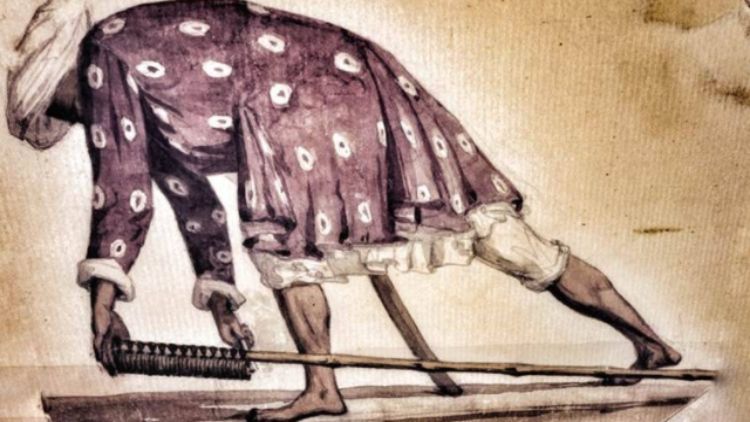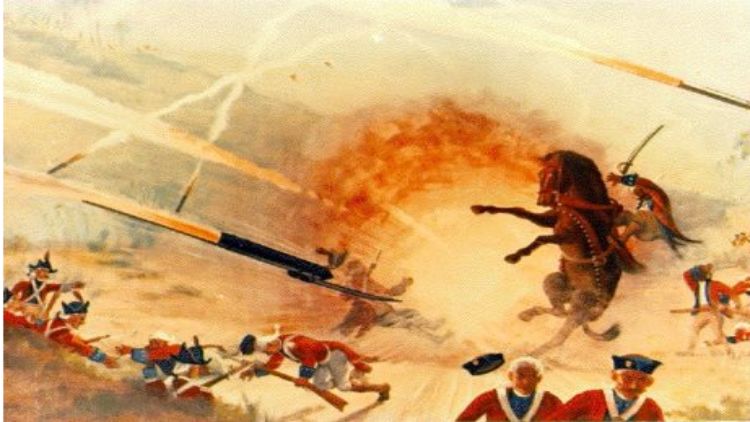
Manjit Thakur / New Delhi
In the year 1780 the Battle of Pallilore (Kanchipuram of present-day Tamil Nadu), saw a war between the British and the Mysore empire. This battle is also called the Second Anglo-Mysore War. The British were led by Colonel William Bailey and Mysore was led by Hyder Ali.
In the middle of the fighting, suddenly, a flying fireball fell and set fire to the British gunpowder stock. It was not a cannonball that set the fire. It fact, it was the rain of long ammunition filled bamboo pipes that made a whistling sound as these rained on the English army.
This tables had turned on the English army on the battlefield mainly due to the bamboo rockets being fired from thousands of yards away. The English guns did not have that much reach to hit the enemy.
The British were seeing rockets for the first time.

The rocket squad of Mysore did wonders during the reign of Hyder Ali. It was a 1,200-strong squad of the Mysore army. The bamboo rockets were the game-changers. Perhaps this was the worst defeat of the British in India. The British were surprised to see this new technique developed by the Indians.
Hyder Ali and his son Tipu Sultan commanded a much bigger army and used these rockets in the Anglo-Mysore war against the East India Company. Later, the British adapted this technology and improved upon its basic design in the 19th century. Likewise, Tipu Sultan also made some modifications in the whistling rockets and increased its range to a quarter and a half miles (around 2 km).
For historians, the first prototype of a rocket filled with explosives was developed by Hyder Ali, and further improved upon by his heir and son Tipu Sultan. They used iron tubes to fill ammunition and attached swords were the bamboo tunes.

Battle of Mysore: Both Haider Ali and Tipu Sultan defeated the British with the help of rockets
Tipu Sultan also used bamboo to balance this rocket. Their prototype can be called the precursor of modern rockets. It had greater range, better accuracy, and far more destructive capability than any other rocket. Due to these characteristics, it was considered to be the best weapon in the world at that time.
In 1793, Major Dirom, Deputy Assistant to the British Forces in India, said of the rockets used by the Mysore army, "Some rockets had a chamber, and they burst like a shell; The other rockets, called ground rockets, had a snake-like movement, and when they hit the ground, they would rise again, and then attack until the explosion was over."
Tipu set up four constellations (wiring markets) at Srirangapatnam, Bangalore, Chitradurga and Bidanur to do further research on rocket technology.
These casts iron rockets were more powerful because their chambers were of iron and they could withstand greater pressure of landmine. Hence Tipu Sultan used them very efficiently against the East India Company between 1792 and 1799.
Tipu Sultan wrote a military manual named Fatah-ul-Mujahideen which mentions the deployment of 200 rocket specialists in every Mysore Brigade. There were 16 to 24 infantry brigades in Mysore Army. These rocket proponents were closely trained to calculate the targets. They also had rocket launchers that could launch five to ten rockets simultaneously.
However, today there is not many traces of his units left in Srirangapatnam, and yet the Mysore rocket will always have an imprint on world military history.
